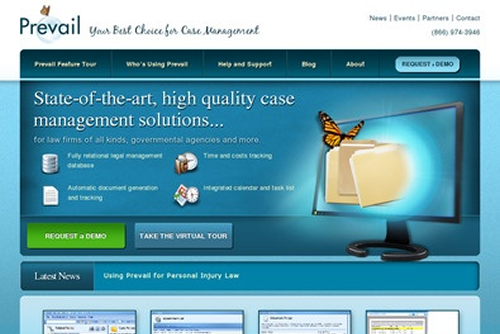Simply put, a case management system is a piece of computer software that allows you to make fewer trips to the filing cabinet by tracking a great deal of client information right on the computer, and then using that information to help you run your practice. Although different systems have different levels of functionality, there are certain functions that are central to virtually all case management systems.
The focal point of any case management system is a shared database of all your client information. This information is stored in a common location so that it is accessible to your entire staff. Aside from basic biographical information (names, addresses, phone numbers, etc.) many systems allow you to view and instantly retrieve history entries and documents related to a specific case.
Document handling and document generation capability are very important defining factors of a case management system: The better ones have very powerful document generation capabilities built right in. In just a few mouse-clicks, some case management systems can create complex documents right in your word processor with the pertinent case data merged in automatically. Higher-end systems can also save them for you, log them for historical purposes automatically and make time and cost entries in the appropriate case file. Prevail does all of this.
Having your documents and case data integrated into a single system gives you several significant advantages over doing things the old-fashioned way. The first is shared access – If you’re relying on hardcopy files you must deal with the physical reality of possession. If one person has the file, it means nobody else has it, and thus nobody else can work on that file (copies aside). A case management system eliminates this problem by allowing all users on a network to share the same information at the same time, and information is consistently updated to all staffers. Another important advantage of a computerized case management system is the ability to work remotely. Once the information you need is centrally stored on your office network or cloud provider server, you can easily access the information from anywhere where you have internet access. This capability is built into most Window’s Servers, using Remote Desktop https://en.wikipedia.org/wiki/Remote_Desktop_Services). On other operating systems the solution can be as simple as setting up an account with any of the various remoting applications, such as LogMeIn (https://www.logmein.com/), GoToMyPC (https://get.gotomypc.com/), or TeamViewer (https://www.teamviewer.us/). If you have a high-speed internet connection both at home and at the office, you’ll find that the speed of working remotely is very nearly equal to that of being in the office.

